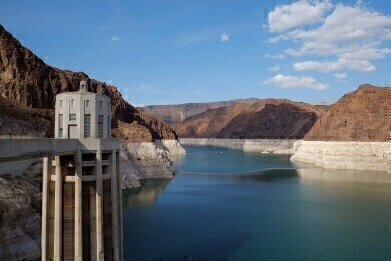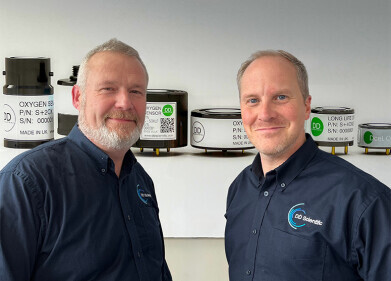Business News
Spotlight on the Fastest Growing Renewables: Hydropower
Apr 05 2020
The most recent report from the International Renewable Energy Agency (IRENA) shows that the renewable revolution is continuing apace. Last year, 171GW of renewable generating capacity were added to the grid, meaning that the overall capacity from sustainable sources has reached 2,351GW. That’s roughly equivalent to a third of all electricity generating capacity in the world.
Hydropower continues to be the biggest contributor to renewable capacity. Despite significantly slowed growth in recent years, hydro still accounts for approximately half of all renewable capacity, making it crucial in achieving reduced greenhouse gas emissions targets in the coming years. Having said that, both solar and wind power have shown impressive growth over the last decade and are expected to continue at a similar rate of expansion in the coming one. Nonetheless, the International Energy Agency (IEA) still expects hydro to be the biggest supplier of renewable energy by 2024, the end of its next forecast cycle.
What is hydropower?
Capitalising upon the inherent power of water has been a practice of humankind for millennia; we know that over 2,000 years ago, the Greek civilisation used water to power the wheels that ground their grain. Today, a similar process is employed to generate hydropower, only instead of turning watermills , the currents drive turbines. There are two basic types of hydropower facilities: those which store water in a reservoir and release it as needed through a dam, wherein the turbines are contained, and those which utilise the currents of rivers and streams to generate energy.
Some countries are more suited to installing hydropower plants than others. Norway, for example, has a landscape comprised of steep valleys, cascading waterfalls and plentiful rivers. Add in the fact that the west of the country experiences a high volume of rainfall throughout the year, and it’s clear that Norway was built for hydropower. Today, the country gets 98% of its electricity needs from hydropower, making it the ninth most sustainable in terms of renewables in the world. However, the colossal amount of hydropower it generates is greater than all eight countries above it put together!
Hydropower in the 2020s
According to the forecast report for 2019 to 2024 from the IEA, hydropower will continue to swell by 9% over the next six years, adding an additional 121GW to global capacity. Most of those newly installed facilities will be undertaken by China (who were responsible for all 8.5GW added in 2018), Brazil and India. Other areas where hydropower is expected to increase include sub-Saharan Africa and the ASEAN region, but on the whole, growth from this sector is projected to slump in the forecast window.
Despite its apparent decline, hydropower is still expected to comprise the largest share of renewable capacity by 2024. Solar and wind are both tipped to make substantial inroads into its current lead, while the optimisation of biogas plants means that bioenergy will also improve upon its current capacity of 121GW. Geothermal and tidal energy comprise the other renewables expected to contribute to the ongoing upsurge in the industry over the coming six years.
Digital Edition
IET 34.2 March 2024
April 2024
Gas Detection - Biogas batch fermentation system for laboratory use with automatic gas analysis in real time Water/Wastewater - Upcycling sensors for sustainable nature management - Prist...
View all digital editions
Events
May 03 2024 Seoul, South Korea
May 05 2024 Seville, Spain
May 06 2024 Minneapolis, MN, USA
May 13 2024 Munich, Germany
May 15 2024 Lund, Sweden



















